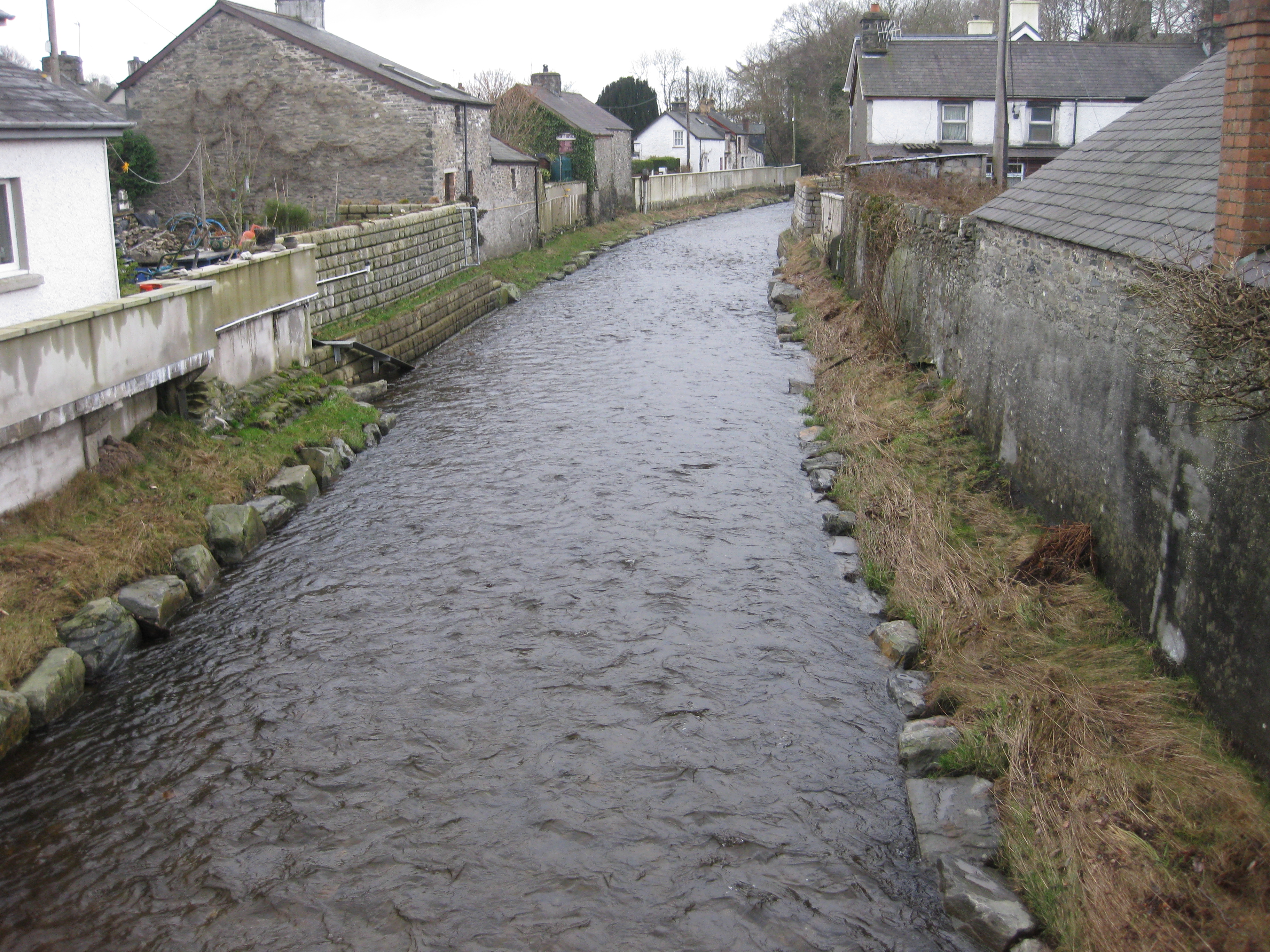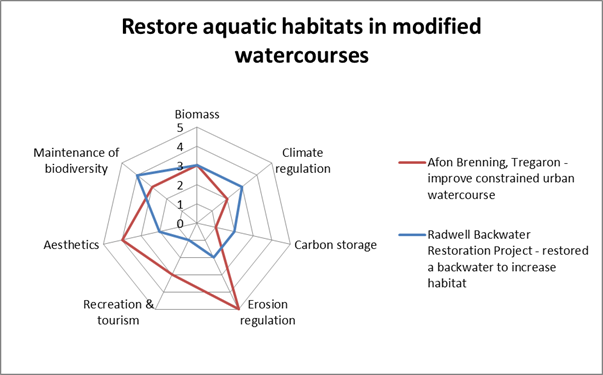This activity involves more than just changing the maintenance regime in the channel. It is concerned with trying to relieve the pressure of past channel alteration to help increase morphological diversity.
 Activities to restore aquatic habitats recognise that morphological condition underpins the establishment of healthy ecology. Therefore, it is important that the hydromorphological impact in modified watercourses is addressed when hoping to restore aquatic habitats.
Activities to restore aquatic habitats recognise that morphological condition underpins the establishment of healthy ecology. Therefore, it is important that the hydromorphological impact in modified watercourses is addressed when hoping to restore aquatic habitats.
These activities can be undertaken in combination with ‘Allow the river to flood its floodplain’.
Techniques
There are a wide range of techniques that can be used to implement this environmental improvement, depending upon the type and characteristics of the water body in which it is going to be applied. These include:
- Altering the channel cross-section
- Creation of aquatic ledges
- Reconnecting old meanders
- Creating backwater habitats
- Replacing weirs with meanders
Benefits
Improvements to aquatic habitats in modified watercourses can deliver a wide range of direct and indirect benefits, including:
- Direct benefits to plants, invertebrates, birds and animals which live on the banks and riparian zone
- Improvements to in-channel habitats for aquatic plants, fish and invertebrates
- Improvements to the physical habitat conditions of the watercourse, including the creation of a more natural bank profile and the creation of more varied habitat niches
- Restoration of natural processes, including erosion and deposition
- Improvements to the aesthetic value of the watercourse and improvements to its recreational value
Case Study Benefits
This diagram displays a comparison of benefits scores (using a high-level ecosystem service assessment methodology) associated with the techniques used in each case study. More details on the methodology can be found here.